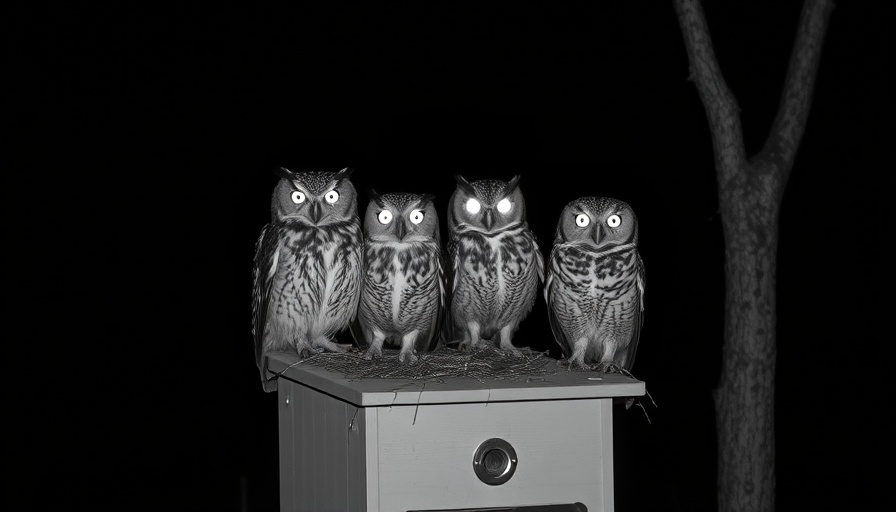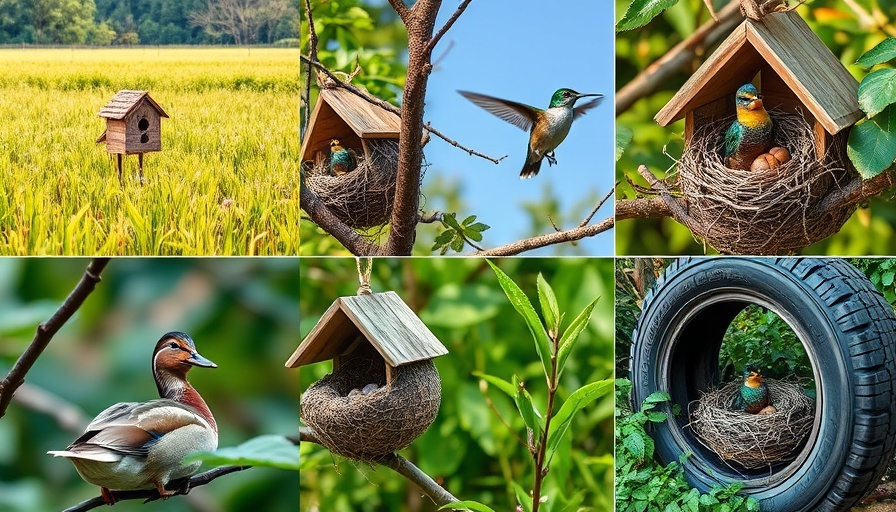
Understanding Hummingbird Migration Patterns in Indiana
The Ruby-throated Hummingbird is the star of Indiana’s avian stage, charming bird lovers throughout the warmer months. But as early fall approaches, these tiny wonders begin their annual migration back to Central America, leaving observers curious about when exactly this departure occurs. From late August to mid-September, hummingbirds start filling up at feeders as they prepare for their lengthy journey. Interestingly, it's not the food that triggers their departure; instead, their migration is intricately linked to the changing daylight hours.
Why Do Hummingbirds Leave
The dominant Ruby-throated Hummingbirds thrive in Indiana's climate and habitat, making them the only reliably seen species in the state. Their migration route is well-established, following a north-to-south journey that takes them through Indiana each year. As summer transitions to fall, they begin to increase their feeding, driven by hormonal changes in response to shorter days. This phenomenon, known as hyperphagia, sees them nearly doubling their body weight in preparation for the arduous journey across the Gulf of Mexico.
Keeping Feeders Up for Stragglers
For those eager to support these migrating birds, leaving feeders up well into October can be beneficial. Though migration is instinctual and doesn’t hinge on the presence of food, it provides a crucial stop for late-traveling individuals, often younger birds. Providing food at this time ensures that the last stragglers have the necessary energy reserves to make their way safely south.
The Excitement of Rare Vagrant Species
Occasionally, bird watchers may catch sight of western vagrant species like the Rufous or Black-chinned Hummingbird in Indiana. While these sightings are exhilarating for registered birders, these species do not breed here. Instead, they serve as a reminder of Indiana's unique ecological landscape, dominated by the reliable Ruby-throated Hummingbird.
Final Thoughts
Understanding when Ruby-throated Hummingbirds leave Indiana enhances the experience for birders and casual nature enthusiasts alike. With their migration influenced by natural rhythms rather than mere climate or food availability, observing their patterns offers a glimpse into the complex interplay of nature and instinct.
 Add Row
Add Row  Add
Add 




Write A Comment